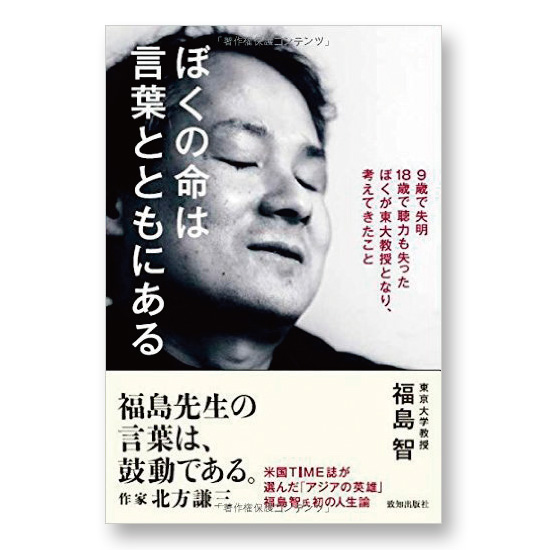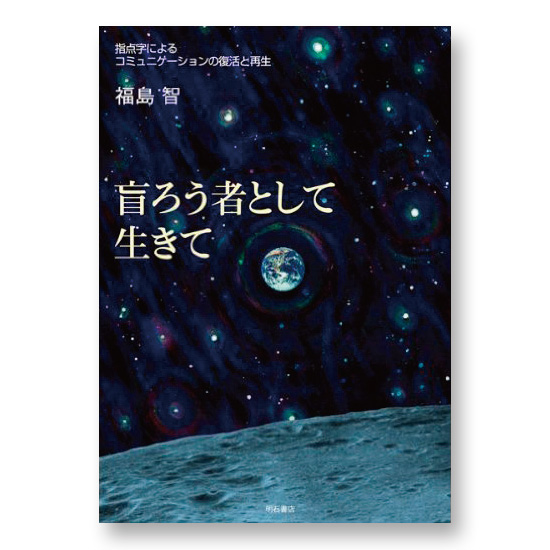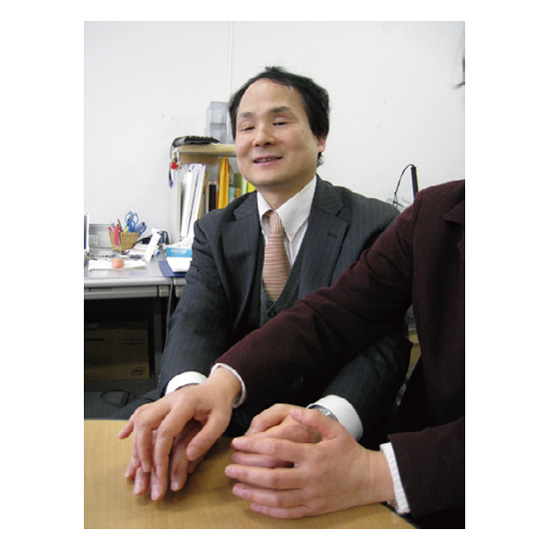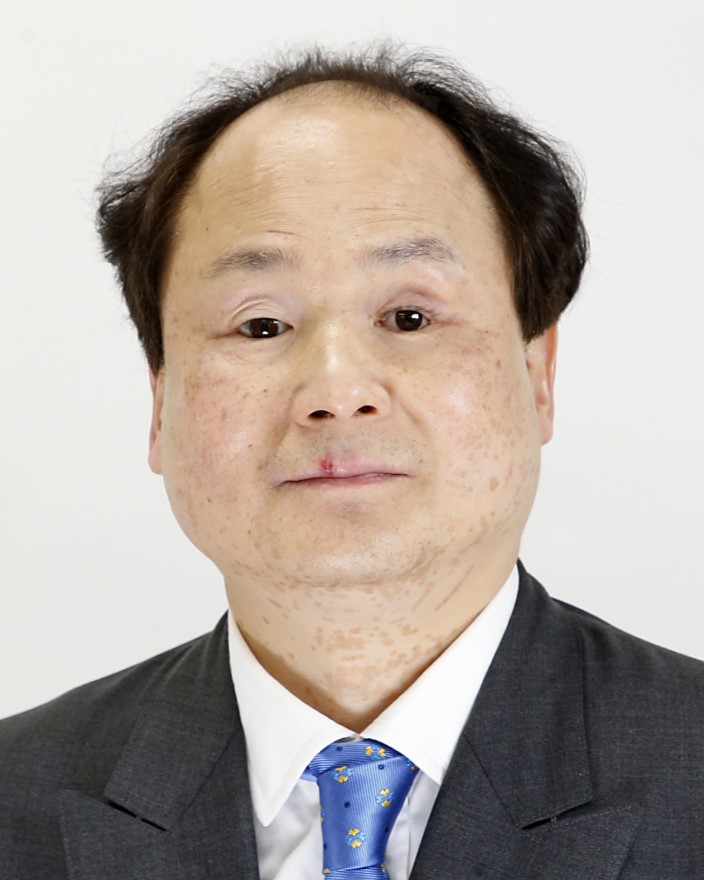- HOME
- Research
- Research Category
- Interdisciplinary Barrier-Free Study Fukushima Laboratory
Interdisciplinary Barrier-Free Study
Fukushima Laboratory
We are researchers with disabilities who conduct studies aiming to make people and society more accessible
In the Interdisciplinary Barrier-Free Study, Project Professor Dr. Satoshi Fukushima, the world's first deafblind university Professor, together with other researchers who themselves have disabilities,take the initiative in conducting studies aiming to make people and society more accessible.
Based on his own experiences as the deafblind, Project Professor Dr. Fukushima carries out various research in pursuit of not only the essence of human communication and the meaning of disability experiences, but also the ideal support system for disabled people.
Project Researcher Naoyuki Okochi, who is totally blind, has done a wide variety of research concerning accessibility from the standpoint of a disabled person, including topics such as assistive technologies for the deafblind and the blind, barrier-free movie and theater.
Project Researcher Dr. Toshiyuki Uwano, who is physically disabled, specializes in Area Studies, especially Barrier-Free studies in Asia region.
Associated Researcher Dr. Mami Kodama has conducted practical research on special education for totally or partially deaf children. And now, she studies how to support deaf children with other severe disabilities, and how to support their parents.
Additionally, in collaboration with the Tojisha-Kenkyu Laboratory headed by Professor Dr. Shin-ichiro Kumagaya (physically disabled), we are cultivating our partnership with Tojisha-Kenkyusha specializing in neurodevelopmental disorders and hearing difficulties. Fukushima laboratory and Kumagaya laboratory are now developing a globally unparalleled center for disability studies led by researchers with disabilities.

“My Life with Communication ”

“Living Deafblind ”

Prof. Fukushima communicates using Finger Braille
When you say hello to me, there will be a two or three second delay before I say hello back. This may feel like I am on the surface of the Moon, and we are talking over a radio.
The average distance between the Earth and the Moon is around 380,000 kilometers. The radio waves used for remote communication travel at the speed of light, so a simple calculation shows that a return trip takes about two and a half seconds.
I am not actually on the Moon, of course, but rather in a world like the empty space on the night side of the Earth. In other words, I am living in a dark and soundless perceptual world. This is because I am a deafblind person who can neither see nor hear.
Given such circumstances, how are people to converse with me? I mainly rely on an interpreter using a method called “finger braille.” Finger braille is a way of communicating in which three fingers of each hand correspond to the combinations of six dots used in braille.
Even if they cannot see or hear, people can live if they have “words.” I am proving this every day of my life.
Member

-
- Project Professor
Satoshi FUKUSHIMA
Research Area: Interdisciplinary barrier-free Study,Disability studies - Project Professor
Laboratory Homepage
Tags

